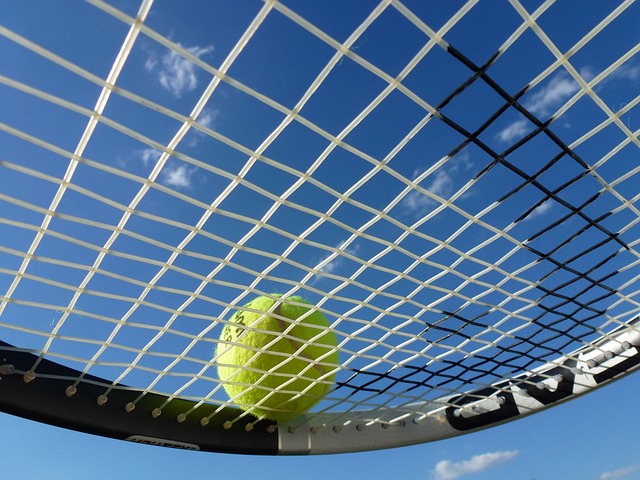Advanced Tennis Training Elevating Your Game to the Next Level
Tennis, a sport of elegance and endurance, offers endless opportunities for improvement, even for the most seasoned players. For those looking to refine their skills, advanced tennis lessons play a crucial role in elevating their game. This comprehensive guide delves into the nuances of advanced tennis training, drawing on the latest research and case studies, particularly focusing on the vibrant tennis scene in Singapore.
The Transition to Advanced Tennis
Moving from intermediate to advanced play in tennis involves a multifaceted approach, focusing on technical skills, strategic understanding, and physical conditioning.
Mastering Advanced Techniques
Advanced tennis lessons emphasize refining strokes, developing a powerful serve, and improving shot accuracy. It's about perfecting what you know and adding more weapons to your arsenal.
Case Study: Technique Refinement in Singapore
A study by the Singapore Tennis Federation revealed that players who undertook targeted training to refine their techniques saw a marked improvement in their competitive performances (Source: Singapore Tennis Association).
Developing a Tactical Mindset
Advanced tennis is as much about strategy as it is about skill. Players must learn to read their opponents, anticipate shots, and make quick decisions.
Strategic Play in Tennis
Understanding the nuances of offensive and defensive play, and when to employ them, is crucial. This involves studying various playing styles and devising counter-strategies.
Importance of Physical Fitness
At advanced levels, the physical demands of tennis are significant. Enhanced endurance, strength, and agility are crucial for maintaining high-level play.
Case Study: Fitness Training in Singapore
Research conducted by the National University of Singapore (NUS) highlights the importance of specialized fitness regimes for tennis players. Those who followed a tennis-specific fitness program showed improvements in their on-court performance (Source: NUS).
Mental Toughness in Tennis
Mental toughness is a key differentiator at advanced levels. The ability to maintain focus, manage stress, and keep a positive attitude can significantly impact performance.
Psychological Aspects of Tennis
Advanced tennis lessons often include psychological training, focusing on aspects like concentration, composure, and overcoming mental barriers.
The Role of Advanced Tennis Drills
Drills in advanced tennis lessons are designed to mimic match situations, helping players to hone their skills under pressure.
Customized Drills for Skill Enhancement
Tailored drills that focus on specific areas of improvement can be highly effective. This could include speed drills, accuracy training, or endurance exercises.
Utilizing Technology in Advanced Training
Technology plays a significant role in modern tennis training. Video analysis, wearable tech, and data analytics offer insights that can be pivotal in improving performance.
Technology's Impact on Tennis Training
In Singapore, the integration of technology in sports training has been increasingly adopted. Advanced analytics and video feedback are used extensively in tennis lessons to provide detailed performance insights (Source: Infocomm Media Development Authority).
The Importance of Competition Experience
Competing in tournaments and matches is crucial for advanced players. It provides invaluable experience and exposes players to different styles and strategies.
Learning from Competitive Play
Participation in local and international tournaments offers advanced players the opportunity to test their skills and strategies against a diverse range of opponents.
Nutrition and Recovery in Advanced Tennis
Proper nutrition and adequate recovery are essential components of advanced tennis training. They ensure players are physically and mentally prepared for intensive training and matches.
Focus on Holistic Well-Being
Advanced players are encouraged to adopt a holistic approach to their health, including proper nutrition, sufficient rest, and recovery techniques.
Conclusion: A Journey of Continuous Improvement
Advanced tennis lessons offer a path to excellence for those dedicated to the sport. It's a journey of continuous improvement, where each aspect of training plays a vital role in developing a well-rounded, competitive player.
Are you ready to take your tennis game to the next level? LessonPlan offers advanced tennis lessons designed to challenge and inspire. Our expert coaches and state-of-the-art resources are here to support your journey towards tennis excellence. Visit us to learn more and elevate your game today.


